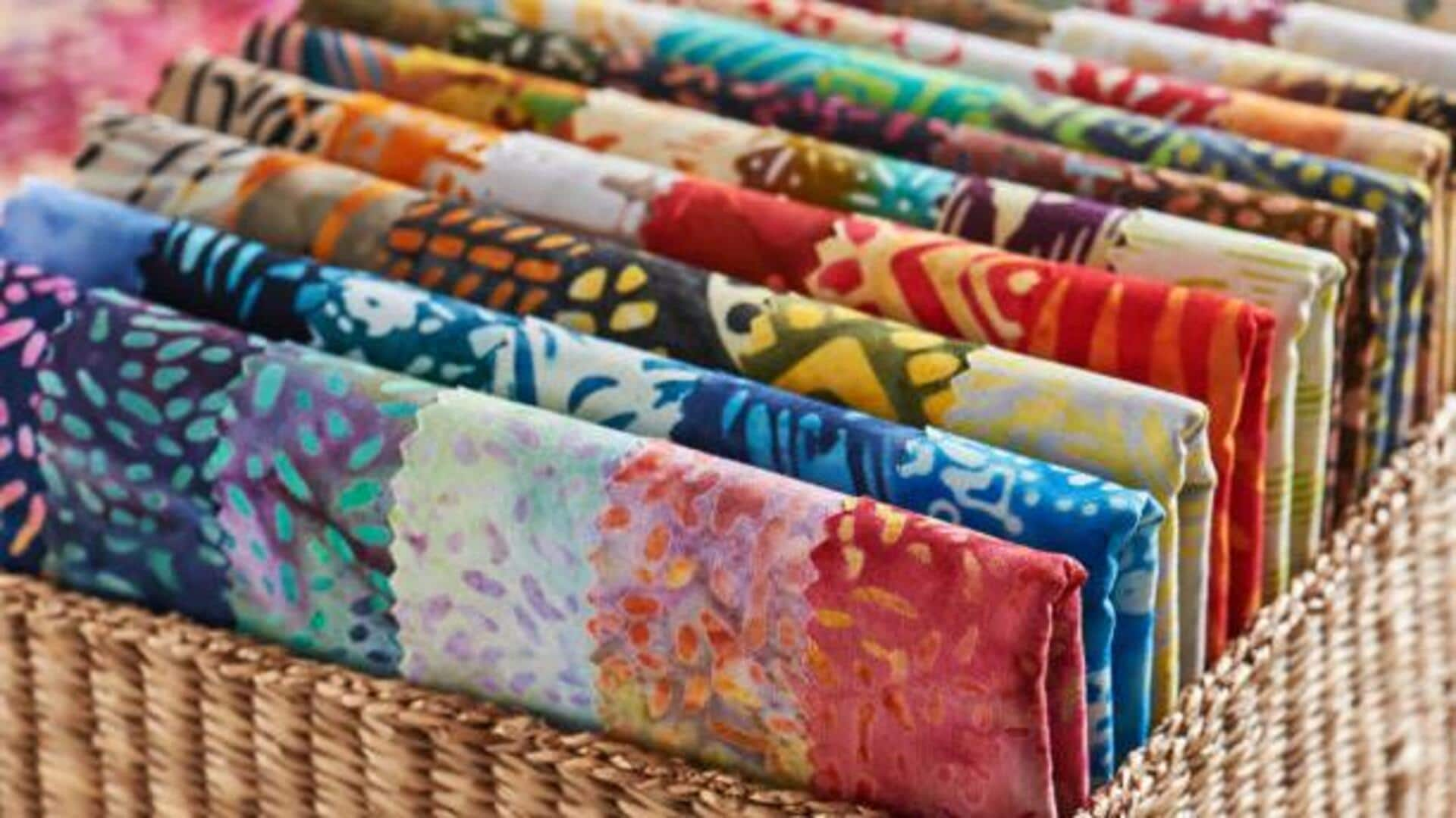
How batik artists are reshaping textile design
What's the story
African batik artists are revolutionizing the global textile scene with their innovative designs that combine traditional techniques with modern sensibilities. These artists are not just preserving cultural heritage but also redefining the limits of creativity, resulting in textiles that are unique and captivating. Their work is gaining international recognition, shaping fashion trends, and making a mark in the global appreciation of African art forms.
#1
Fusion of tradition and modernity
African batik artists are great at combining traditional motifs with contemporary patterns. This fusion makes textiles appealing to a larger audience while holding on to cultural authenticity. By incorporating elements like geometric shapes and vibrant colors, these artists create fabrics that are a hit at both local markets and international fashion shows.
#2
Eco-friendly dyeing techniques
Many African batik artists also focus on sustainability, which is why they use eco-friendly dyeing methods. They usually use natural dyes from plants and minerals, which minimizes the carbon footprint. This not only keeps the planet healthy but also improves the fabric quality, making it more attractive to eco-conscious buyers around the globe.
#3
Empowerment through artistry
The rise of African batik artistry has immensely empowered so many communities, both economically and socially. By working with local artisans, these artists offer much-needed employment opportunities and nurture the talent. This empowerment is not just about money. It binds the community together and boosts their pride in their culture through collaborative art projects, highlighting the power of art to uplift society.
#4
Global collaborations boosting visibility
Additionally, collaborations between African batik artists and international designers have helped raise global awareness of these unique textiles. These collaborations enable cross-cultural exchanges that help both parties grow artistically. Consequently, African batik designs make their way to high-profile fashion events, further cementing their position in the global textile market.